Overview
Spasm: A spasm refers to a sudden, involuntary contraction of a muscle or group of muscles. It can be caused by various factors such as muscle overuse, dehydration, electrolyte imbalances, nerve damage, or underlying medical conditions. Spasms can be painful and may lead to muscle stiffness and restricted movement. They can occur in any muscle in the body and may range from mild to severe in intensity.Sprain: A sprain occurs when a ligament, which is the tissue that connects bones to each other, is stretched or torn. This usually happens when a joint is forced into an unnatural position, such as twisting or bending forcefully. Common locations for sprains include the ankle, wrist, and knee. Symptoms of a sprain may include pain, swelling, bruising, and difficulty moving the affected joint.
Causes
Sprains:
Mild Sprain:
- Stretching of ligaments
without significant tearing.
- Minimal pain and swelling.
- Full range of motion may be
maintained.
Moderate Sprain:
- Partial tearing of
ligaments.
- Moderate pain, swelling,
and bruising.
- Limited range of motion.
Severe Sprain:
- Complete tearing of
ligaments.
- Severe pain, swelling, and
bruising.
- Limited or no range of
motion.
Reasons:
Trauma:
- Accidents, falls, or sudden
impacts can force joints into unnatural positions, leading to sprains.
Overuse:
- Repetitive stress on joints,
common in athletes or individuals engaged in repetitive activities.
Incorrect Landing:
- Awkward landings during
sports or activities can strain ligaments.
Muscle Spasms:
Dehydration:
- Inadequate fluid intake
leading to electrolyte imbalances.
Muscle Fatigue:
- Overuse or prolonged use of
muscles without proper rest.
Nerve Irritation:
- Pinched nerves or
compressed nerve roots.
Medical Conditions:
- Conditions like dystonia,
multiple sclerosis, or spinal cord injuries.
Reasons:
Electrolyte Imbalance:
- Low levels of minerals like
potassium, calcium, or magnesium.
Dehydration:
- Insufficient water intake
affecting muscle function.
Overexertion:
- Engaging in strenuous physical
activities without adequate preparation or recovery.
Symptoms
A sprain typically occurs abruptly near a joint. The severity of symptoms varies depending on the extent of tissue damage. Common symptoms include:
- Pain
- Swelling
- Bruising
- Restricted movement around the joint
- Difficulty bearing weight on the joint or using it normally
A strain may also manifest suddenly or develop gradually. Symptoms may comprise:
- Pain or tenderness
- Swelling
- Bruising
- Muscle spasms or cramping
- Muscle weakness
- Restricted movement in the affected area
Treatment: Modern Medicine
- Nonsteroidal Anti-Inflammatory Drugs (NSAIDs): Drugs like Ibuprofen, Naproxen, and Aspirin can help reduce pain and inflammation associated with sprains and muscle spasms.
- Muscle Relaxants: These medications help relax muscles and alleviate muscle spasms. Common muscle relaxants include Cyclobenzaprine, Baclofen, andTizanidine.
- Pain Relievers: Over-the-counter or prescription pain relievers such as acetaminophen (Tylenol) or prescription opioids may be used to manage pain associated with sprains and spasms.
- Topical Treatments: Creams, gels, or patches containing ingredients like menthol, lidocaine, or capsaicin can provide localized relief from pain and muscle spasms.
- RICE Method: Rest, Ice, Compression, and Elevation are still recommended for initial treatment of sprains to reduce swelling and pain.
- Platelet-Rich Plasma (PRP) Therapy: This emerging treatment involves injecting a concentration of platelets from the patient's own blood into the injured area, promoting healing.
- Surgery: In severe cases where there is significant ligament damage or if conservative treatments fail, surgery may be necessary to repair the injury.
Treatment: Traditional Medicine
Hydration:
- Ensure proper fluid intake
to prevent electrolyte imbalances.
Stretching:
- Regular stretching before
and after exercise to prevent muscle fatigue.
Warm-Up:
- Gradual warm-up before
engaging in intense physical activities.
Rest and Recovery:
- Allow muscles sufficient
time to rest and recover.
Massage:
- Massage therapy can help
relax muscles and alleviate spasms.
Medication:
- Muscle relaxants may be
prescribed in severe cases.
Magnesium and Potassium: Incorporate foods rich in
magnesium and potassium into your diet, as deficiencies in these
minerals can contribute to muscle cramps and spasms. Examples include
bananas, spinach, nuts, seeds, and whole grains.
Caution
Don't Ignore Pain: Pain is your body's way of signaling that something is wrong. Ignoring pain and pushing through activities despite discomfort can worsen the injury.Avoid Overexertion: Refrain from engaging in strenuous physical activities or exercises that could strain the injured area further.Avoid Alcohol: Alcohol can impair healing and exacerbate inflammation. It can also increase the risk of accidents or further injury due to impaired coordination and judgment.Don't Smoke: Smoking can impair circulation and delay healing. Nicotine constricts blood vessels, reducing blood flow to injured tissues and slowing down the healing process.Avoid Tight Clothing or Braces: While compression can be beneficial for reducing swelling and providing support, overly tight clothing or braces can restrict blood flow and exacerbate discomfort. Ensure that compression garments or braces are worn comfortably and not excessively tight.Don't Resume Normal Activities Prematurely: Rushing
back into normal activities before the injury has fully healed can
increase the risk of re-injury. Follow the guidance of healthcare
professionals and gradually resume activities as recommended.
Prevention
Wear Appropriate Footwear: Choose supportive footwear appropriate for the activity you're engaging in. Proper footwear can provide stability and reduce the risk of ankle sprains.Use Protective Gear: When participating in sports or activities with a risk of injury, such as cycling or skiing, wear appropriate protective gear like helmets, knee pads, or wrist guards.Regular Exercise: Engage in regular physical activity to strengthen muscles and improve flexibility. Incorporate exercises that target balance, strength, and flexibility, such as yoga, Pilates, or tai chi.Proper Warm-Up: Always warm up before engaging in physical activity or exercise. Start with dynamic stretches and movements to prepare the muscles for activity and reduce the risk of injury.Proper Technique: Use proper technique and form during
exercise and daily activities to avoid putting excessive strain on
muscles and joints. Consider working with a personal trainer or fitness
instructor to ensure you're using proper form.
 Nalamaree Team
Nalamaree Team
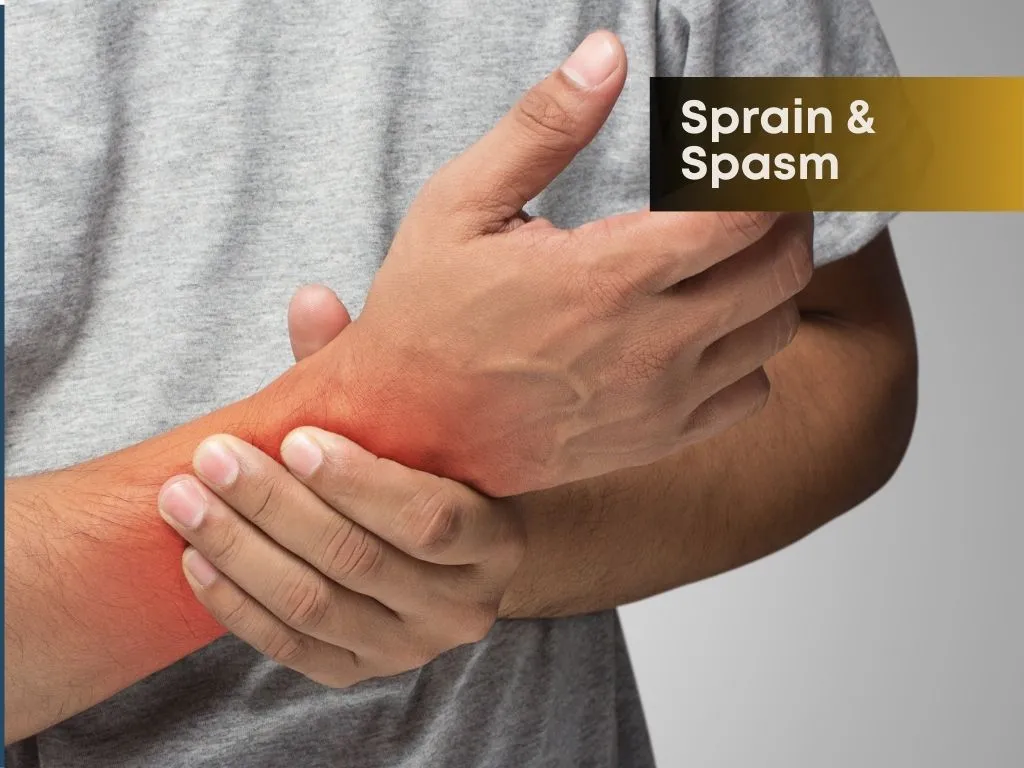
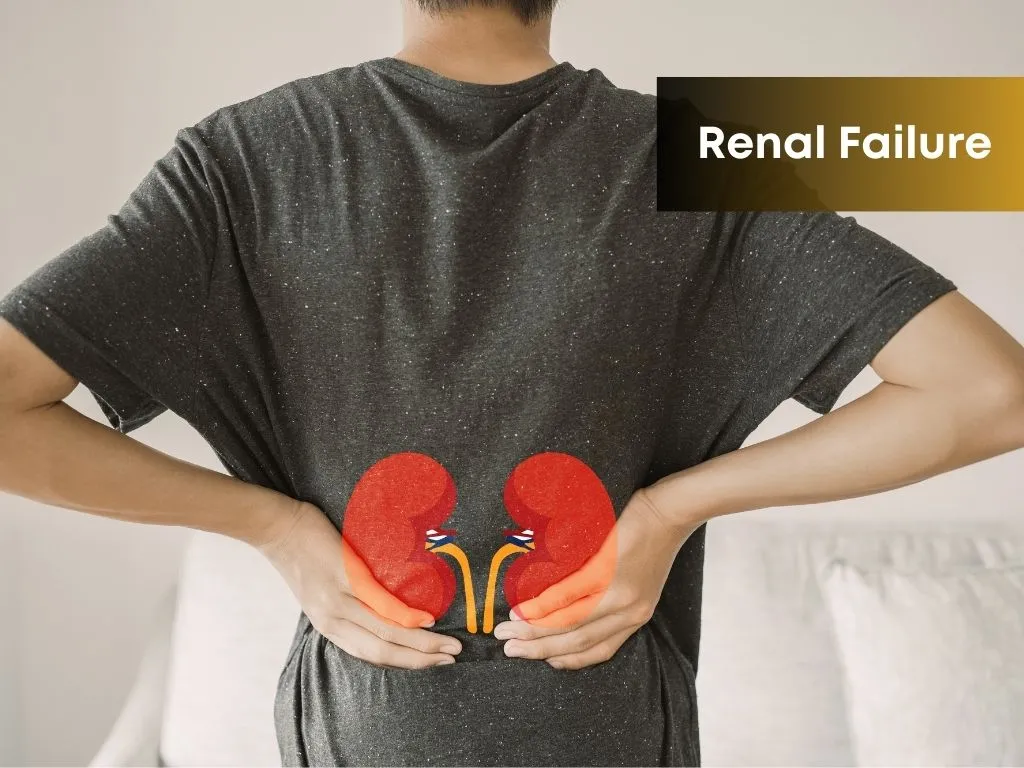
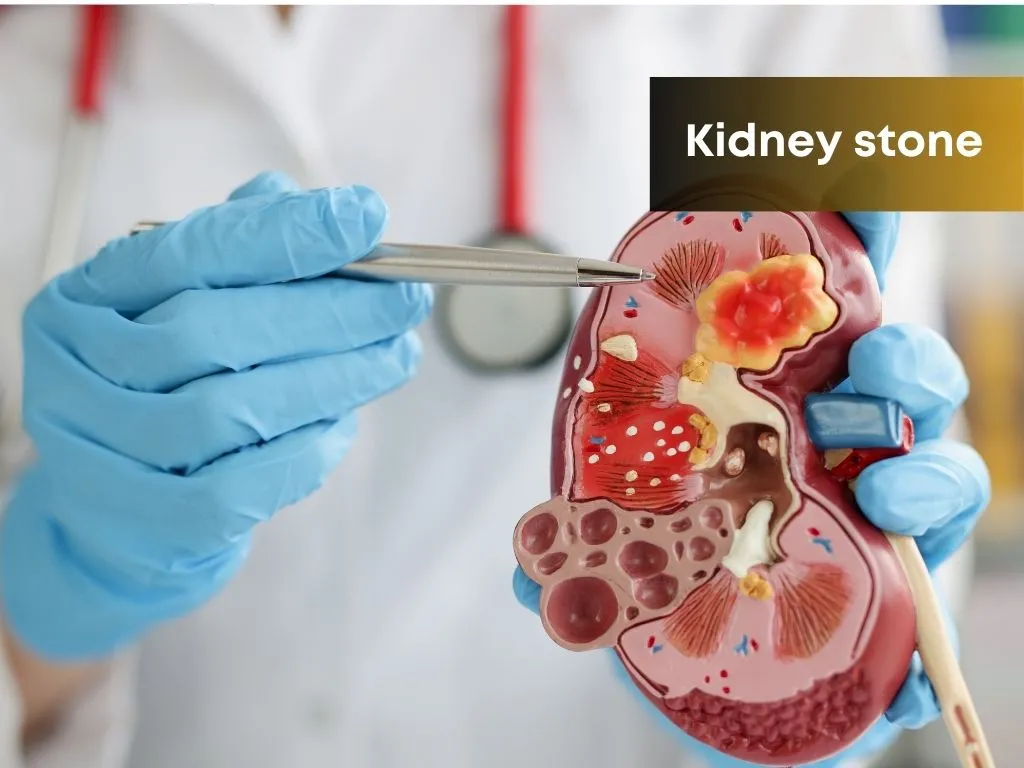
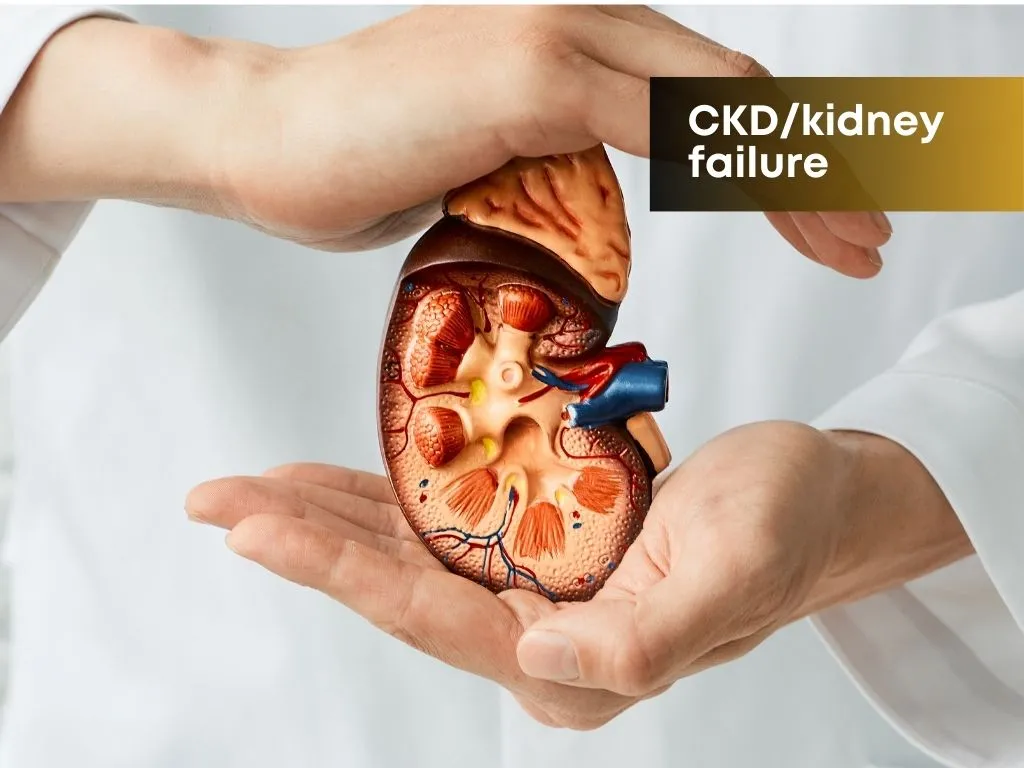
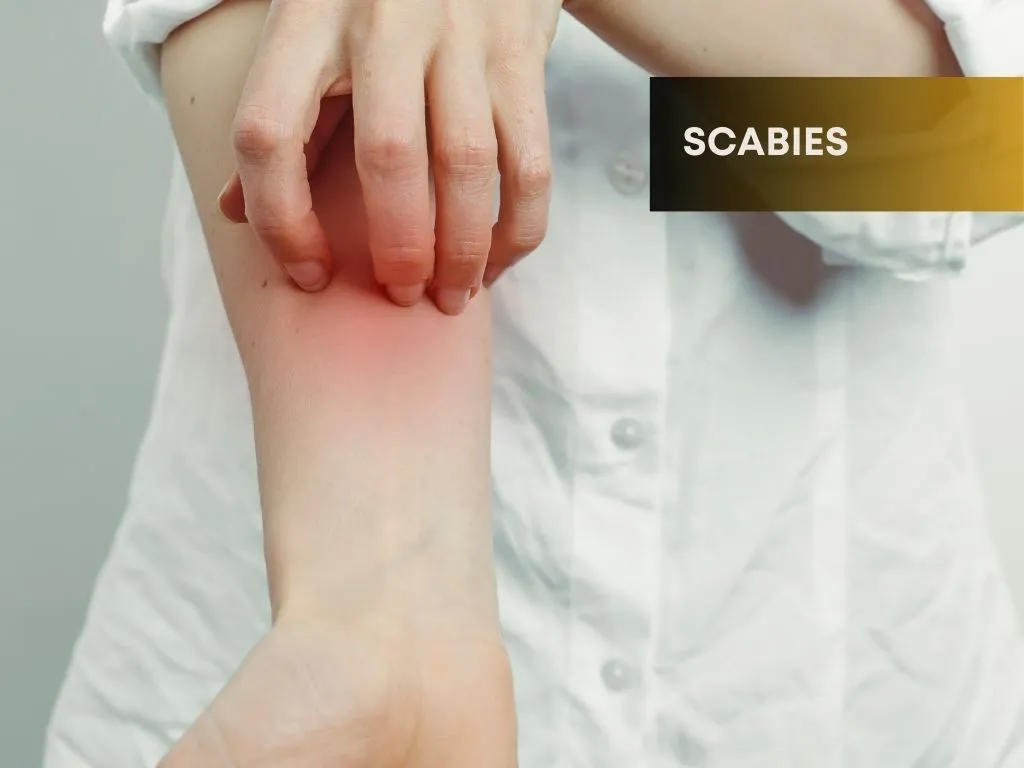

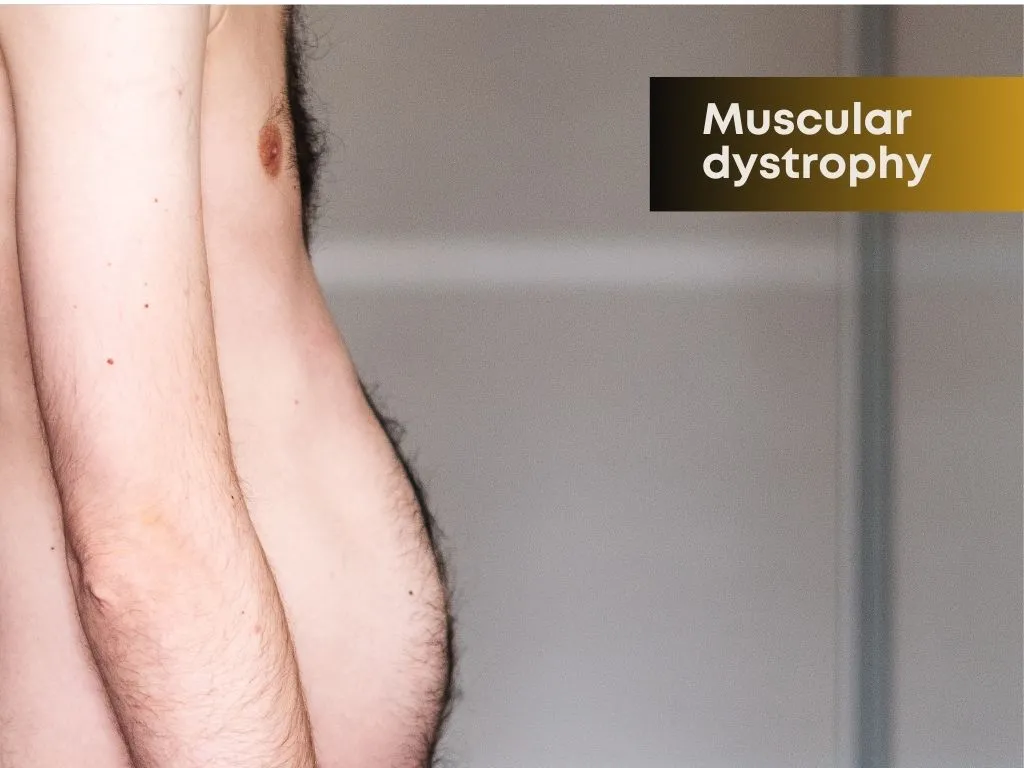











.jpg.webp)
